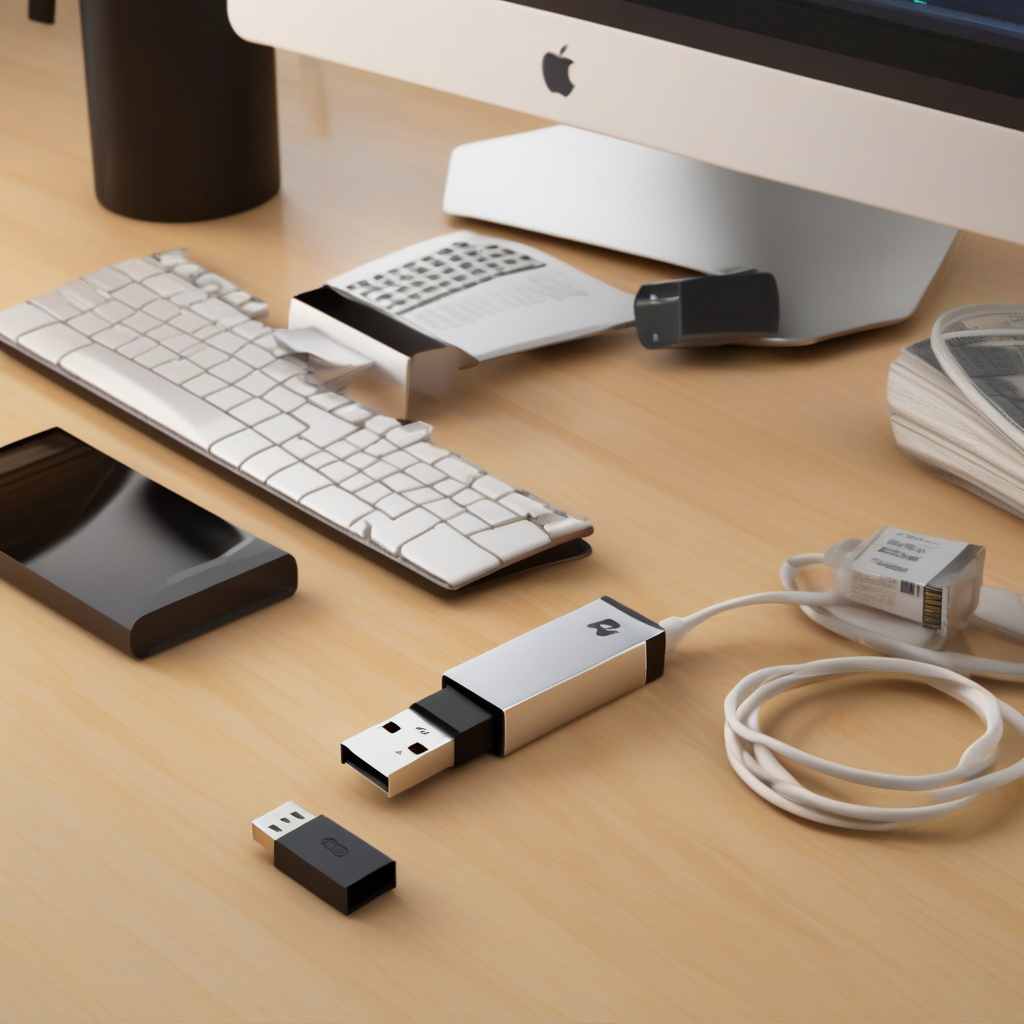Creating a Bootable USB Drive for Linux Installations
Linux, with its flexibility and customization options, has garnered a dedicated following in the world of operating systems. Whether you are a seasoned Linux user or just starting your journey with this open-source platform, one essential skill to have in your toolkit is creating a bootable USB drive for Linux installations. This method allows you to install Linux on a new machine or troubleshoot existing systems with ease.
Why Opt for a Bootable USB Drive?
Imagine this scenario: you need to install Linux on a computer, but it lacks an optical drive. Or perhaps you want to try out a new distribution without committing to a full installation. In these situations, a bootable USB drive comes to the rescue. It provides a portable and convenient way to run Linux without altering the existing setup on your machine.
How to Create a Bootable USB Drive
Now, let’s delve into the process of creating a bootable USB drive for Linux installations. The most common tool for this task is “Rufus,” a free and user-friendly utility that simplifies the creation of bootable USB drives. Here’s a step-by-step guide:
- Download the Linux ISO: Begin by downloading the ISO image of the Linux distribution you want to install. You can find these images on the official websites of popular distributions like Ubuntu, Fedora, or Debian.
- Download Rufus: Next, download and install Rufus from its official website. Rufus is compatible with Windows and offers a straightforward interface for creating bootable USB drives.
- Insert the USB Drive: Plug in your USB drive to the computer. Make sure to back up any important data on the drive, as the creation process will format it.
- Open Rufus: Launch the Rufus application. It should automatically detect your USB drive. If not, select it from the device dropdown menu.
- Select the Linux ISO: Click on the “Select” button next to the “Boot Selection” section in Rufus. Choose the Linux ISO file you downloaded earlier.
- Configure Rufus Settings: Ensure that the partition scheme is set to “MBR” and the file system to “FAT32.” You can leave the other settings at their default values unless you have specific requirements.
- Create the Bootable USB Drive: Once you have configured the settings, click on the “Start” button in Rufus to initiate the creation of the bootable USB drive. This process may take a few minutes to complete.
- Boot from the USB Drive: After Rufus finishes creating the bootable USB drive, safely eject it from your computer. You can now insert the USB drive into the target machine and boot from it to begin the Linux installation process.
Benefits of Using a Bootable USB Drive
Utilizing a bootable USB drive for Linux installations offers several advantages. It allows for a portable and efficient way to install or try out different Linux distributions. Moreover, it can be a lifesaver in situations where traditional installation methods are not feasible, such as on devices without optical drives.
In conclusion, mastering the creation of a bootable USB drive for Linux installations is a valuable skill for any IT professional or enthusiast working with Linux systems. By following the steps outlined above and leveraging tools like Rufus, you can streamline the installation process and explore the vast world of Linux distributions with ease. So, next time you embark on a Linux installation journey, consider harnessing the power of a bootable USB drive for a smooth and hassle-free experience.

